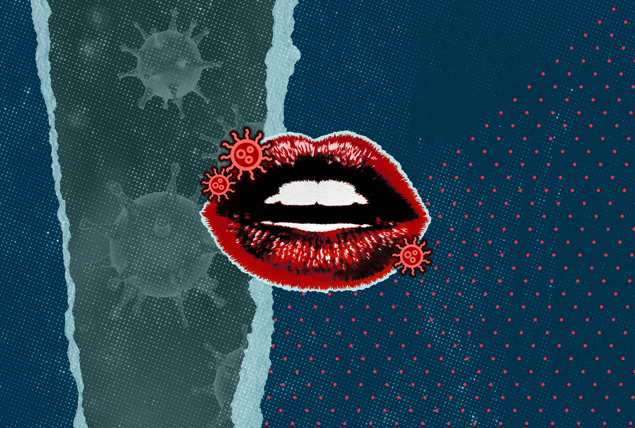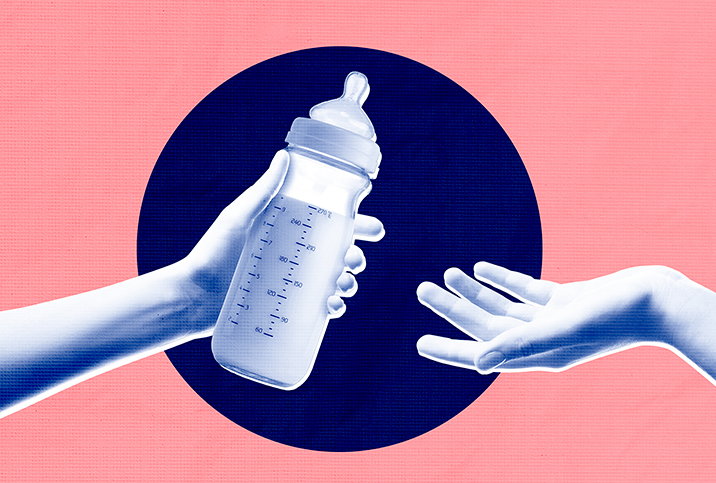Herpes simplex virus type 1 (HSV-1), often referred to as herpes, infects an estimated 2 in 3 adults younger than age 50 worldwide.
Further education about herpes is an essential step toward ending its negative stigma and informing people how best to prevent and treat it.














Both oral herpes and genital herpes are extremely common infections among adults worldwide. Though there is no cure, there are treatments available that shorten outbreaks and reduce symptoms. Suppression treatments also can significantly reduce an infected person's chances of spreading the virus to their sexual partner(s).
Despite the fact that more than half of the world's population has either oral or genital herpes, social stigma around people who are infected remains. Further education is necessary to reduce these negative and unfair beliefs and to instead focus on reducing the spread of the virus.